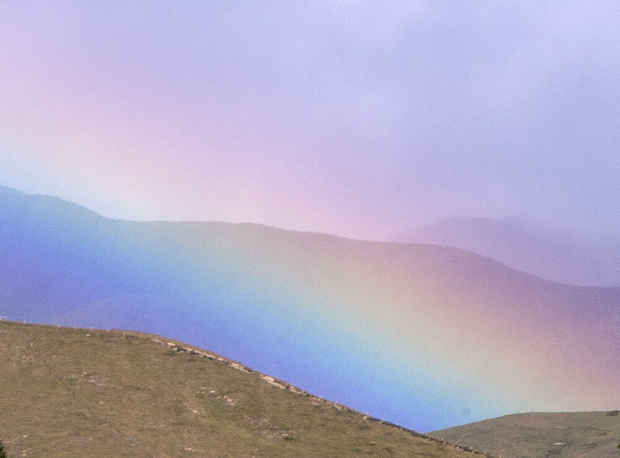Sergei Tcherepnin “Dolphin Rock”
baby Company

This event has ended.
In 2015 Sergei Tcherepnin encountered a family of dolphins while swimming at the Place of Refuge, and it was the most magical moment of his life. He spent days looking at the underwater world and took photos.
In 2018 Sergei flew to New Zealand to observe birds. He went all over the coast and on an island that is a natural reserve for birds that are close to extinction. The Moa is already extinct, this bird was close to dinosaurian, a kind of ostrich, with a long trachea organ that finishes in a spiral in the chest, and that became the starting point to the shape of one of his sculptures. The genetic rescue project based on this island is beginning the process of cloning several species. Today, the Kokako is in danger, and they are trying to rescue it. The Kokako’s songs are being studied by ornithologists; they are always singing in two, in a pair, their songs are always together, love songs that define their home. These birds have some of the highest rate of male-male pairs. Sergei became interested in the idea of cloning these birds to rescue them, he wanted to go record and photograph them. He traveled around New Zealand trying to listen to the Kokako and periodically, dressed up in a costume inspired by these birds, wearing a globe helmet covered with a light fabric and a light placed by his heart, he took self portraits in their nature.
These birds are so rare to find that it was an impossible search. Back home in New York, he contacted bird researchers and gained access to fifteen male-male pair recordings. The melancholic beautiful Kokako songs can be heard up to five kilometers away. Their songs are so precise in composition and in time, that they are able to account for the speed of sound; one pair with a three minute sequence can sing together perfectly timed even if they are kilometers from each other.
Sergei played the bird recordings back on his computer, he took his Serge modular synthesizer to clone their songs, and for the first time, started to sing. In New Zealand, he played the real songs and the cloned ones, so the clones became an echo, a strange double. Here he develops versions of these organ sculptures. Motion sensitive shapes that make sounds and flickering lights, including their environment, the position of the body, sonar orientation, song circulation in air and water. Relationships defined by distance, a heartbeat that accelerates when you come closer. Songs through bodies.
– Jeanne Graff
Media
Schedule
from September 11, 2019 to October 13, 2019
Opening Reception on 2019-09-11 from 18:00 to 20:00